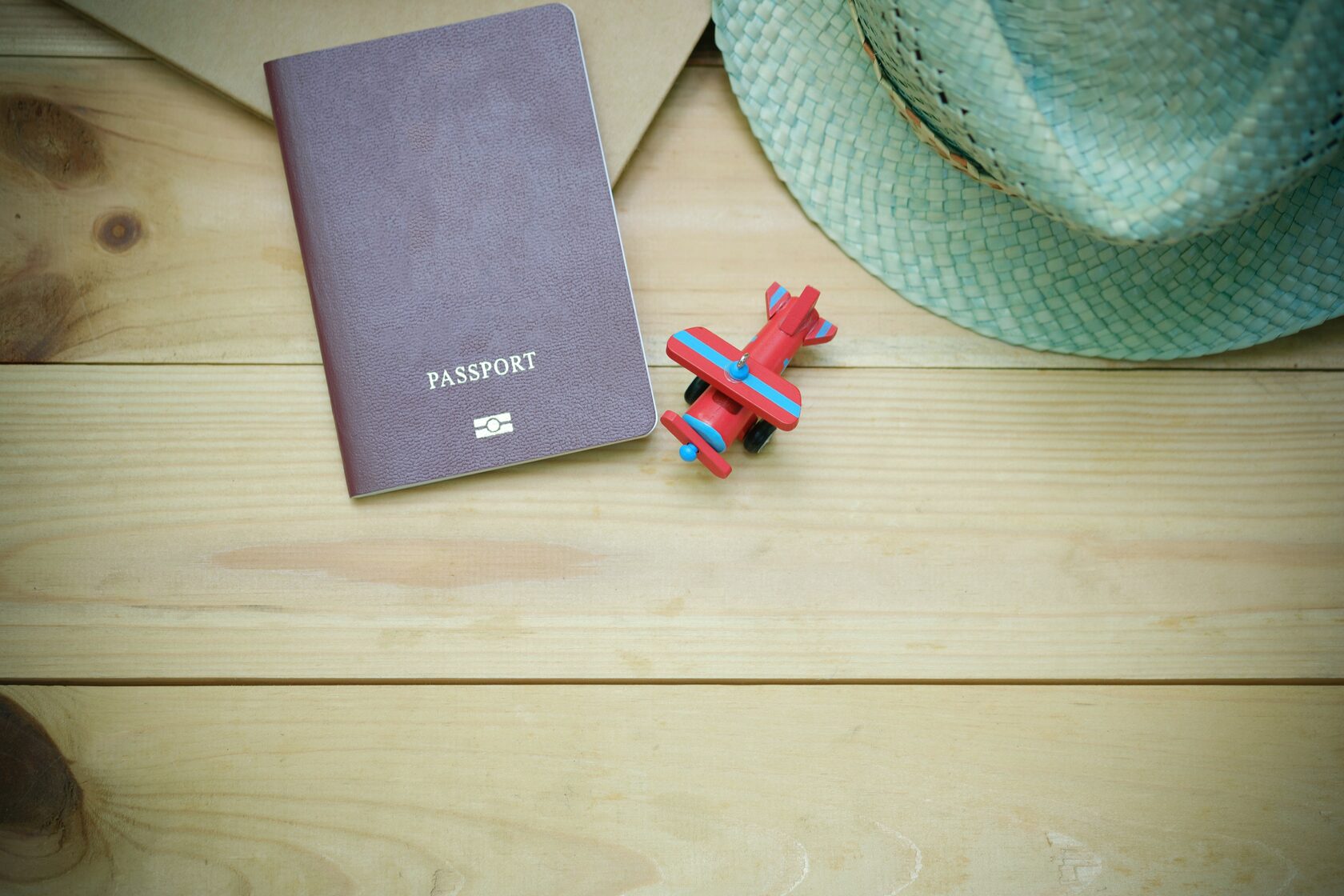A Step-by-Step Guide To Setting Up A Non-Resident Bank Account
Are you looking to set up a bank account for your company? With all the different costs involved, it can be difficult to decide what is best for your business. We have put together a step-by-step guide on how to save money when opening an account so check it out!
What is a Non-Resident Bank Account?
A non-resident bank account is a type of bank account that allows foreign citizens to open and maintain an account in a country where they do not live. Non-resident accounts are typically used for international business or for personal finance purposes. For example, you may want to open a non-resident bank account if you frequently travel to another country for work or if you have family members who live in another country.
There are a few things to keep in mind if you're interested in opening a non-resident bank account. First, you'll need to provide proof of your identity and residency status. You'll also need to show proof of address, income, and assets. In some cases, you may be required to make a deposit in order to open an account.
If you're thinking about opening a non-resident bank account, be sure to research the requirements and fees associated with the account before making any decisions.
Documents Needed for Opening a Non-Resident Account
If you're looking to open a bank account as a non-resident, there are a few documents you'll need to have in order. Namely, you'll need to provide proof of your identity, residency, and financial history.
To start, you'll need to provide some form of identification. Your passport is the most common form of ID for non-residents, but if you don't have one, you can also use your driver's license or national ID card. You'll also need to provide proof of your current address. A utility bill or bank statement will work for this.
Next, you'll need to provide some documentation of your financial history. This can be in the form of bank statements or investment portfolio statements. This is to show the bank that you're financially stable and capable of maintaining an account with them.
Finally, you may also be asked to provide a reference from another bank or financial institution. This is to show that you're a good customer and have a history of maintaining accounts in good standing.
Providing all of these documents should allow you to open a non-resident bank account without any problems.
Using your Non-Resident Bank Account
There are many reasons why you might want to set up a non-resident bank account. Perhaps you're an ex-pat who wants to keep your money safe while you're living abroad, or maybe you're a foreign national who's looking to invest in the UK. Whatever your reasons, setting up a non-resident bank account is a straightforward process that can be completed in just a few steps.
1. Choose the right bank: Not all banks offer non-resident accounts, so it's important to do your research and choose one that does. Be sure to compare interest rates, fees, and account features to find the best fit for your needs.
2. Collect the required documents: When you've found the right bank, you'll need to gather some documents before you can open an account. These usually include proof of identity (such as a passport) and proof of address (such as a utility bill). Check with the bank in advance to find out exactly what they'll need.
3. Open an account: Once you have all the required documents, you can open your account by visiting the bank in person or by completing an application form online. Be sure to have your documents handy so that the process goes smoothly.
Steps to Opening a Non-Resident Account
If you're not a resident of the country where you want to open a bank account, don't worry – it's still possible. You'll just need to follow a few extra steps to get everything set up. Here's what you need to do:
1. Find a bank or broker such as fast bank accounts that offer accounts to non-residents. Not all banks do, so you'll need to do some research to find one that does.
2. Gather the required documents. You'll need things like your passport, proof of address, and proof of income.
3. Open an account with the bank. This usually requires making an initial deposit, which can be done online or in person at the bank branch.
4. Start using your account! Once everything is set up, you can use your account just like any other bank account holder.
